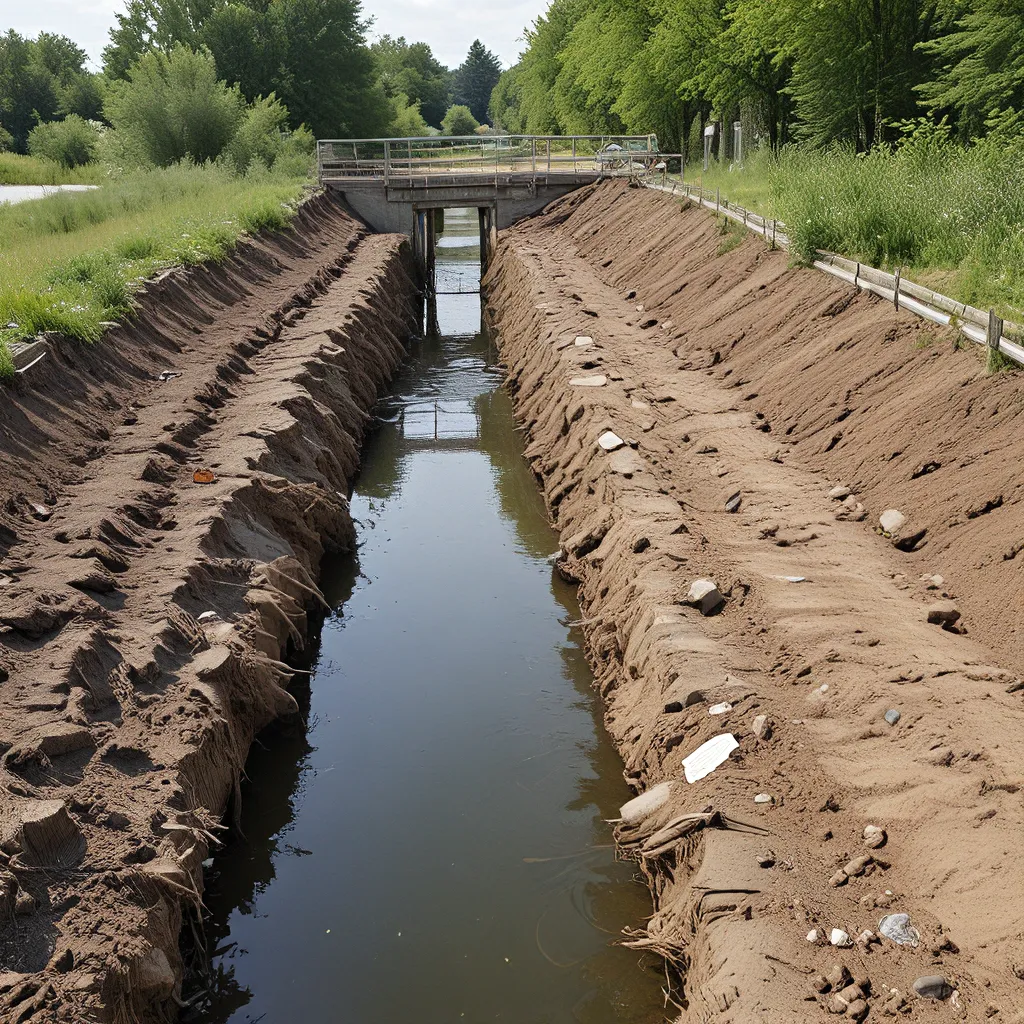
Uncovering the Hidden Secrets of Our Sewers
As I step into the dimly lit control room of the local wastewater treatment plant, the air is heavy with the scent of data and possibility. Around me, screens flash with real-time updates on the flow of sewage, the levels of contaminants, and the ever-changing microbial communities that call these underground arteries home. It’s a far cry from the typical public perception of wastewater as just a smelly nuisance, but the truth is, this unsung infrastructure holds the key to unlocking a whole new frontier of public health.
Wastewater monitoring has quietly been a game-changer in the fight against infectious diseases, from the polio eradication campaigns of the past to the COVID-19 pandemic we’re still navigating today. By analyzing the waste that flows through our sewers, we can gain a comprehensive, population-level view of the microbial threats lurking in our communities – both the ones we’re aware of and the cryptic variants that have yet to emerge.
But the power of wastewater extends far beyond just tracking known pathogens. These underground networks can also provide insights into antimicrobial resistance, community-wide drug use, and even exposure to environmental contaminants. It’s a veritable treasure trove of data, just waiting to be unlocked.
Harnessing the Power of Wastewater Surveillance
The beauty of wastewater surveillance lies in its ability to capture a snapshot of an entire population’s health, rather than relying solely on individual medical diagnoses. As one researcher aptly put it, “Unlike testing of individual people, wastewater testing provides insights into the entire population within a catchment area, which enables communities without robust syndromic surveillance systems to have a cost-effective, efficient tool for monitoring population health.”
This holistic approach is particularly valuable when it comes to tracking the emergence and spread of new disease threats, like the Omicron variant of COVID-19. By combining targeted RT-PCR testing with next-generation sequencing, wastewater monitoring can not only detect the presence of new variants, but also shed light on their relative abundance and evolution within a community.
As climate change continues to exacerbate extreme weather events, the importance of this early-warning system only grows. Floods, droughts, and water quality issues can all have far-reaching consequences for public health, from outbreaks of waterborne illnesses to the mental health impacts of displacement. By incorporating wastewater data into their risk assessments, communities can better prepare for and respond to these emerging threats.
Overcoming the Challenges of Wastewater Surveillance
Of course, unlocking the full potential of wastewater surveillance is no simple feat. There are a number of technical, logistical, and social hurdles that must be overcome before this approach can be truly integrated into mainstream public health practices.
From a technical standpoint, the sheer complexity of wastewater samples – with their rich tapestry of microbes, chemicals, and other contaminants – can make it challenging to reliably distinguish signal from noise. Developing robust data analysis protocols and standardizing sampling and testing methods are crucial for ensuring the validity and consistency of wastewater-based insights.
Logistically, the success of wastewater surveillance hinges on strong collaboration between a diverse array of stakeholders, from public health officials and water utilities to academic researchers and community leaders. Navigating the bureaucratic and cultural divides between these groups can be a daunting task, but the Wastewater Action Group is leading the charge in demonstrating the power of this multidisciplinary approach.
Perhaps most importantly, though, is the need to build trust and community engagement around wastewater monitoring. As the article notes, “Building and maintaining trust requires incorporation of community interests throughout the decision-making process. Top-down implementation risks pushback by the communities monitored.” By empowering local residents to shape the design and implementation of these programs, we can ensure that wastewater surveillance truly serves the needs of the people it aims to protect.
Unlocking a Healthier Future, One Flush at a Time
As I leave the wastewater treatment plant, my mind races with the possibilities that lie ahead. Imagine a world where we could detect the next pandemic before the first case is even diagnosed, where we could stay one step ahead of the ever-evolving threats to our collective wellbeing. It’s a future that’s not just possible, but one that’s within our grasp – if we have the courage to dive into the murky waters of our sewers and embrace the hidden secrets they hold.
At Alpha Wastewater Services, we’re dedicated to doing just that. By partnering with forward-thinking communities and leveraging the latest advancements in wastewater surveillance, we’re working to transform this unsung infrastructure into a powerful tool for safeguarding public health.
It’s a lofty goal, to be sure, but the stakes have never been higher. As climate change and globalization continue to reshape the landscape of infectious disease, we must be willing to think outside the traditional box of public health. And what better place to start than the humble sewer, where the secrets to a healthier future may have been hiding in plain sight all along?